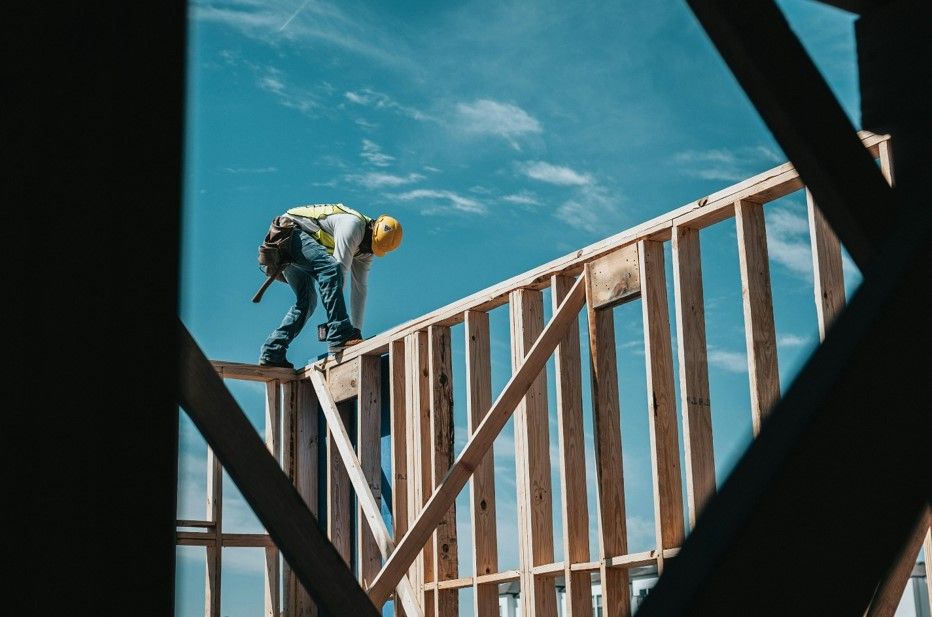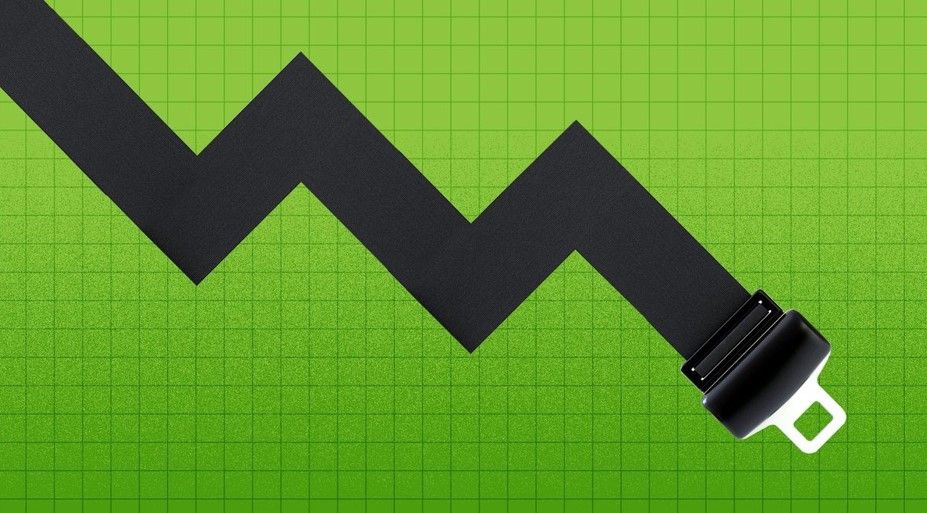Business Practices, eNews
Are In-Person Customer Visits a Thing of the Past?

In-person customer visits have existed since the birth of credit management as a method of gathering information, collecting payment and building customer relationships. But with the advances in technology and a global pandemic, in-person customer visits may become a thing of the past.
According to an eNews poll, more than half (63%) of credit professionals no longer conduct customer visits as part of their credit investigation. But for the 37% of credit professionals who still visit customers face-to-face, they say the value gained is unmatched.
Advantages of In-Person Customer Visits
Melvin Ucelo, CCE, CICP, global credit manager, Franklin Electric Co. Inc. (Fort Wayne, IN) involves his sales team as an extension of credit for important and risky accounts across North America, Africa and Asia. Visiting customers in person also allows you to see how they run their business and where they spend their money. For example, if a customer’s building is run down, it could be a sign that the business is struggling. “They help me gather customer information and business intelligence data and I do my own research,” Ucelo said. “Later, we look over what we found and make a strategy to gather information for the future.”
You can use in-person customer visits as a means to collect payment from delinquent or past-due accounts. “It’s good to sit down with leaders of that organization to help resolve payment disconnects,” said Lee Tompkins, RGCP, director of credit and collections at MPW Industrial Services, Inc. (Hebron, OH), who’s conducted in-person customer visits for the last eight years. “Maybe they’re not paying you because you didn’t invoice them correctly or have a cash flow problem.”
In-person customer visits help build and maintain customer relationships that can also help you in future situations. “We visit customers in person more because we’re trying to eliminate the negative perception of the credit department,” said Anne Scarcella, CCE, CCRA, credit manager at Crawford Electric Supply, Inc. (Spring, TX). “We want to gain their confidence in that we’re treating them fairly and abiding by the credit policy. We also conduct visits for growing customers and new businesses.”
If you wait until something goes wrong to do an in-person customer visit, it is too late. Customer visits provide you with an opportunity to connect that virtual technology cannot. You can visit customers to show your appreciation. “You always hear about when things go wrong, but calling attention to customers that pay us timely or have met outstanding goals, strengthens the customer relationship,” Tompkins said. “They can also take you on a tour and introduce you to their team that can help answer your questions.”
Limitations of In-Person Customer Visits
Unless you have the appropriate budget, in-person customer visits are a significant travel expense. According to data from Startup Bonsai, the average U.S. business traveler will spend around $949 on airline fees, accommodations and other expenses, making the average cost of domestic travel to be $111.7 billion annually.
But visiting local customers is not as pricey as visiting international ones. In fact, Ucelo’s company spends between $50,000-$100,000 on international travel for in-person customer visits. That isn’t considering customers who make last-minute cancellations or push meetings that can increase travel expenses.
Although COVID-19 is not as urgent as it once was, risks of traveling abroad are still top of mind for credit professionals. Outside factors such as weather, travel restrictions or geopolitical tension can determine how important the customer visit is and what rules need to be followed.
How to Prepare
In order to best conduct a thorough in-person customer visit, credit professionals suggest:
Communicate. Make sure that you and your customer are on the same page for the reason you’re visiting and what to expect. This means knowing who you’ll be meeting, where and when. Showing up unannounced will only discourage them from participating.
Make a checklist. This can be anything from observing the building, surroundings, cars in the parking lot, staff, inventory buildup and anything gives you an idea of the customer’s financial state. “I’m conscious of their office, like the phones ringing, if there’re cars in the parking lot and how things are running,” Scarcella said. “People can look big and fancy online but seeing it in person can give a much different visual impression.”
Ask questions. You want to ask plenty of questions about how their organization works, like if there is a shared service center where the payments are made. “I have customers in certain industries with a physical location in one spot but the actual cutting of the check is done offshore or overseas,” Tompkins said.
Be flexible. “There’s the potential for a customer to cancel a meeting at the last minute or push you off,” Tompkins said. “Try not to get upset and reschedule. Meanwhile, stay in the area as long as you can so that you can meet them where they are. If you have to spend a whole week there at a hotel, then that’s what you have to do.”
Future of In-Person Customer Visits
Most credit professionals agree that in-person customer visits will decline with the rise of technology but little is said about it being completely gone. “I don’t really think visits from a credit perspective will change in the future,” said Alicia Johnson, CCRA, credit supervisor at Cleveland-Cliffs Steel (Burns Harbor, IN). “Although they are valuable, we might see less and less of them as people are adapting to technology and getting more comfortable with putting their trust in us.”
There is talk of virtual visits potentially replacing in-person customer visits, but at what cost? “Virtual meetings are fine but people get burned out or people talk over each other,” Scarcella said. “The technology is great for when you can’t travel but it’s impossible to replace it with a one-on-one connection.”





